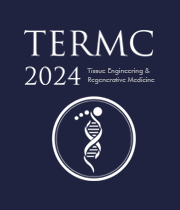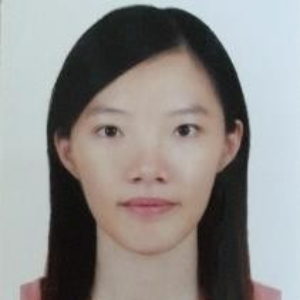Title : Human adipose stem cells promote the formation of capillary networks in pre-vascularized skin model
Abstract:
Animal models have been used for decades in various physiological, pathophysiological, pharmaceutical, toxicological and other biomedical studies. However, significant obstacles of these models are ethical issues, considerable costs, and limited translatability of study outcomes to actual human diseases. Herein, developing 3D in vitro tissue models, using knowledge of stem cell biology, biomaterials, and tissue engineering, has been considered as a potential replacement for animal models. A pre-vascularized dermal- epidermal construct could serve not only as an in vitro skin tissue model, but also as a skin substitute for repair and regeneration of skin defects. Human dermal fibroblasts (NHDFs) and human adipose stem cells (ASCs) have very similar cell markers and properties. NHDFs have been widely used to construct skin grafts, and ASCs have recently become popular for cell therapy applications due to their stem cell properties and convenient resources. In this study, electrospun polycaprolactone nanofibrous membranes were used as supportive structures for skin constructs, and these membranes were further modified with fibrin and fibronectin to increase their attractiveness for cell adhesion and growth. Different densities of NHDFs and ASCs were seeded on the fibrin-mesh-coated nanofibrous membranes, and then covered with fibronectin-enriched collagen hydrogels loaded with human umbilical vein endothelial cells (HUVECs). The initial results showed that both constructs formed capillaries after 21 days in culture. However, more branched and longer capillaries and with denser tubular capillary-like networks were formed in ASC-based skin constructs compared to NHDFs-based skin constructs. The properties of these two pre-vascularized constructs will then be further analyzed, and these two constructs will be seeded with human epidermal keratinocytes to reconstruct the epidermis for future skin and transplantation applications.
Audience take away notes:
- ASCs may secrete growth factors and promote the formation of capillary networks
- To construct more simulated skin constructs, NHDFs skin constructs may directly or indirectly need the support of ASCs.


